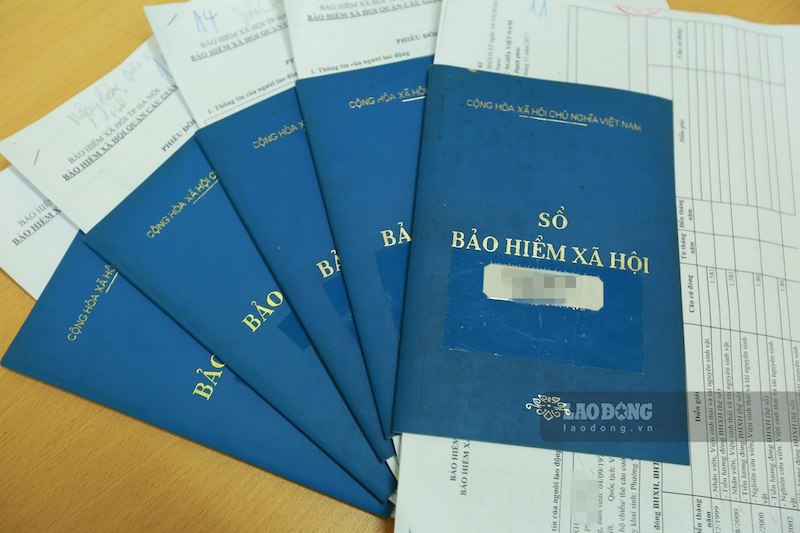The Social Insurance Law 2024, passed by the National Assembly, officially takes effect from July 1, 2025, bringing many important new points, including adjusting pension conditions and increasing one-time allowances for employees upon retirement.
According to current regulations, when retiring, employees are not only entitled to receive a monthly pension but can also receive an additional one-time allowance if they have paid long-term social insurance. Specifically, male workers who have participated in social insurance for more than 35 years and female workers over 30 years will receive this special support amount, which can be many times higher than before.
The Social Insurance Law 2024, passed by the National Assembly, officially takes effect from July 1, 2025, bringing many important new points, including adjusting pension conditions and increasing one-time allowances for employees upon retirement.
According to Clause 1, Article 68 of the Social Insurance Law 2024, male workers who have participated in social insurance for more than 35 years and female workers who have participated in social insurance for more than 30 years, in addition to their monthly pension, will receive a one-time allowance upon retirement.

Clause 2, Article 68 stipulates 2 cases of one-time allowance:
Case 1: Employees who are eligible for pension and complete the procedures to receive pension will receive a one-time allowance.
The subsidy level is calculated at 0.5 times the average salary used as the basis for social insurance contributions for each year of contributions exceeding the level prescribed in Clause 1 until retirement age. This calculation method remains the same as the provisions in the Social Insurance Law 2014.
Case 2: Employees who are eligible for pension but continue to participate in social insurance contributions after retirement age will receive a significantly higher subsidy.
For each additional year of contribution, they will receive 2 times the average salary as the basis for social insurance contributions. Compared to the previous regulation, this level has been increased 4 times, bringing great benefits to employees who are long-term attached to the social insurance system.
How to calculate a one-time allowance upon retirement from 1.7.2025
Detailed instructions on how to calculate a one-time allowance according to the new regulations are as follows:
For cases where employees who are eligible for pension according to regulations and continue to pay social insurance, the one-time pension upon retirement for social insurance payment period higher than 35 years for men and higher than 30 years for women is calculated specifically as follows:
- Each year of social insurance contributions is 35 years higher for men and 30 years higher for women before reaching the prescribed retirement age, calculated at 0.5 times the average salary used as the basis for social insurance contributions.
- Each year of social insurance contributions is 35 years higher for men and 30 years higher for women from the retirement age according to regulations, calculated by 2 times the average salary used as the basis for social insurance contributions.
For example, Mr. D. works in normal working conditions, at the time of retirement age, he has paid social insurance for 38 years. He continued to work for 3 more years before retiring, bringing the total social insurance payment period to 41 years.
How to calculate a one-time allowance:
3 years of social insurance contributions exceeding 35 years before retirement age: each year is calculated by 0.5 times the average salary as the basis for social insurance contributions of 3 x 0.5 = 1.5.
3 years of social insurance contributions after reaching retirement age: each year, the average salary is calculated twice as the basis for social insurance contributions 3 x 2 = 6.
Thus, in total, Mr. D. is entitled to a one-time allowance equal to 7.5 times the average salary used as the basis for social insurance contributions.











